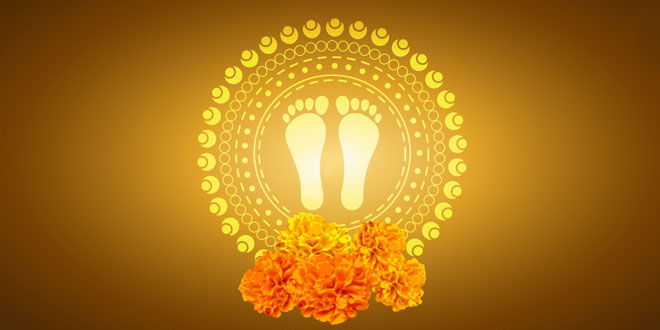Dhanteras Celebrations and Legends in Hindus: The festival of Dhanteras is also known as Dhantrayodashi and Dhanvantari Trayodashi (Dhanwantari Trayodashi). This festival marks the beginning of the Diwali celebrations and that is why, it is considered the first day of five days long festivities of Diwali. The term ‘Dhanteras’ consists of two factors ‘dhan’, which means wealth and ‘teras’, which means thirteenth. Here thirteenth is meant to indicate the day ‘Trayodashi’, i.e. the thirteenth day of the month on which it falls. Dhanvantari Trayodashi (Dhanwantari Trayodashi) is celebrated on the thirteenth lunar day of Krishna Paksha, of the Hindu month of Kartik, which is two days before Diwali.
Dhanteras Celebrations:
People worship Lord Yamraj, the God of death, on this day and light a ‘Yama-Diya’ in the night to offer prayers to him to bless them with prosperity, well being and protection. They also purchase a new utensil, silver or gold coin or some other precious metal as a sign of good luck on the day of Dhantrayodashi. The day of Dhantrayodashi has great importance for the mercantile community of Western India. In Maharashtra, there is a peculiar custom to lightly pound dry coriander seeds with jaggery and offer as Naivedya. In the rural areas the cultivators worship their cattle because they form the main source of their income and livelihood.
Legends:
There are several popular legendary stories to explain the foundation of this celebration. One famous story is about Lord Dhanvantari and his service to mankind. Lord Dhanvantari, who is considered to be the physician of Gods and an incarnation of Lord Vishnu, came out of the ocean that was churned by the Gods and the demons on the day of Dhanteras. Lord Dhanvantari appeared with Ayurvedic for the welfare of the mankind. It was because of this reason that the Dhanteras was celebrated in his honor.
Another interesting story famous about Dhanteras is related to the son of King Hima and his intelligent wife. It was predicted about King Hima that he would die on the fourth day of his marriage and the reason behind his death would be snakebite. When his wife came to know about such a prediction she decided not to let her husband die and for this she made a plan. On the fourth day of their marriage she collected all the jewelry and wealth at the entrance of her husband’s boudoir and lighted lamps all around the place and started telling stories and singing songs one after another in order to not let her husband sleep.
In the mid night Lord Yamraj, the God of death arrived there in guise of a snake. The bright lights of the lamps lit by the wife of the king’s son blinded his eyes and he could not enter their chamber. Therefore, Lord Yamraj found a place to stay comfortable on top of the heap of the jewelry and wealth and kept sitting there for the whole night waiting to get a chance to bite the king’s son but as the wife of the king’s son kept telling stories and singing songs for the whole night therefore he could not get any chance and in the morning he left the place quietly. Thus, the wife saved her husband’s life from the cruel clutches of death. Since then the day of Dhanteras is also known as the day of ‘Yamadeepdaan’ and it has become a tradition to light a diya on Dhanteras and to keep it burning throughout the night in reverential adoration of Lord Yamraj, the God of death.
 Kids Portal For Parents India Kids Network
Kids Portal For Parents India Kids Network








5 comments
Pingback: Facets of Dhanteras in Hindu Culture & Business Community - Kids Portal For Parents
Pingback: Dhanteras Puja Procedure in Hindu and Jain Community - Kids Portal For Parents
Pingback: धनतेरस पर धन प्राप्ति के अचूक उपाय: धनत्रयोदशी के दिन क्या करें - Kids Portal For Parents
Pingback: Dhanteras Festival: Date, Celebration, Legends, Facebook Banners - Kids Portal For Parents
Pingback: Dhanteras Festival Greetings For Hindus: Dhantrayodashi Cards - Kids Portal For Parents